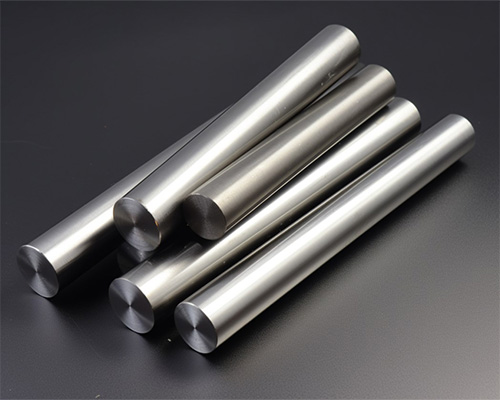Introduction To Tungsten And Tungsten Crucibles
1. What is Tungsten?
Tungsten is a chemical element extracted from its ores, namely wolframite and scheelite. It was identified as a new element in 1781 and isolated in 1783. It exhibits the highest melting point among metals, high tensile strength, high density and low vapour pressure. Its atomic number is 74 and it is denoted by the symbol W. The name tungsten originates from the Swedish term "Tung sten", meaning heavy stone.

2. Occurrence of Tungsten
Tungsten Metal occurs naturally in the minerals wolframite, ferrite, scheelite and hubnerite. China produces most of the tungsten, while Russia, Canada and Bolivia supply the remainder.
To extract tungsten from its ores, they are crushed, purified and treated with alkaline solutions to yield tungsten trioxide. Thereafter, tungsten trioxide is heated with carbon or hydrogen gas, resulting in tungsten metal with carbon dioxide or water vapour.
3. Principal Applications of Tungsten
A. Alloys
Tungsten is used in the production of cemented carbide alloys because of its hardness and density. Its high melting point qualifies it for manufacturing rocket nozzles, turbine blades and wear‐resistant components. Tungsten alloys are employed in the automotive and aerospace sectors.
B. Tungsten Carbide
Tungsten carbide (WC) is a significant product that forms a part of cemented carbides. It is widely utilised in modern tools for precision applications.
C. Electronics
Tungsten is used in the manufacture of various electronic devices, including incandescent light bulbs, cathode ray tubes, vacuum tubes, heating elements and electrical contacts. Other devices incorporating tungsten include field emission apparatus, electron microscopes and transistors.
D. Gold Replacement
Tungsten has a density comparable to that of gold. Consequently, it is used as a substitute in the manufacture of jewellery and in the production of resistors that resist scratching and forgery.
4. Introduction to Tungsten Crucibles
Tungsten crucibles are containers made from tungsten or tungsten alloys. They are used for melting and calcining materials at high temperatures. They are manufactured in various designs and shapes to meet specific customer requirements. Tungsten crucibles are often produced with up to 0.9% molybdenum or with trace amounts of other elements. Given that detailed specifications are provided, the following uses are noted:
- They are primarily used for the growth of sapphire and single crystals. They are also used for melting rare earth metals.
- Owing to their resistance to certain metal oxides and molten metals, tungsten crucibles are utilised in the manufacture of electronic components and in thermal evaporation methods.
- They are also used in heating elements for induction furnaces, in metal melting processes and in the fabrication of high-temperature containers.

 Bars
Bars
 Beads & Spheres
Beads & Spheres
 Bolts & Nuts
Bolts & Nuts
 Crucibles
Crucibles
 Discs
Discs
 Fibers & Fabrics
Fibers & Fabrics
 Films
Films
 Flake
Flake
 Foams
Foams
 Foil
Foil
 Granules
Granules
 Honeycombs
Honeycombs
 Ink
Ink
 Laminate
Laminate
 Lumps
Lumps
 Meshes
Meshes
 Metallised Film
Metallised Film
 Plate
Plate
 Powders
Powders
 Rod
Rod
 Sheets
Sheets
 Single Crystals
Single Crystals
 Sputtering Target
Sputtering Target
 Tubes
Tubes
 Washer
Washer
 Wires
Wires
 Converters & Calculators
Converters & Calculators
 Write for Us
Write for Us
 Chin Trento
Chin Trento



